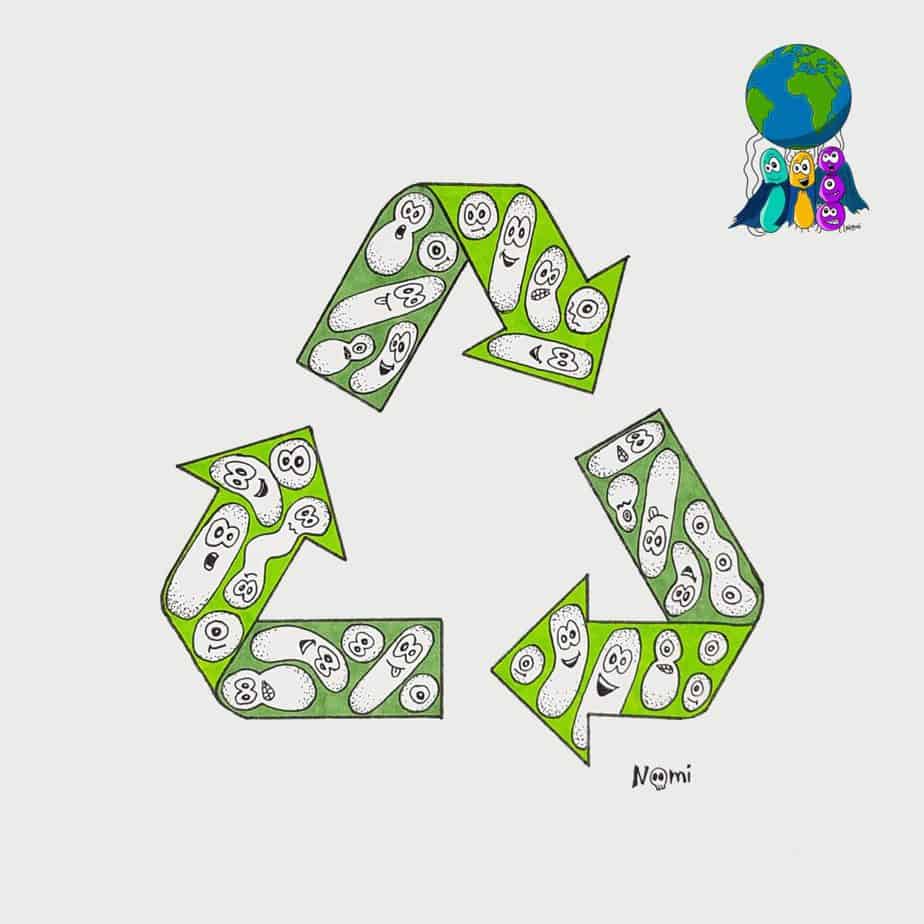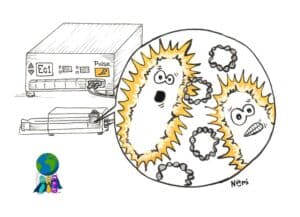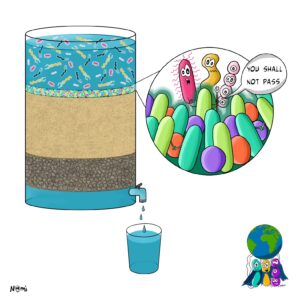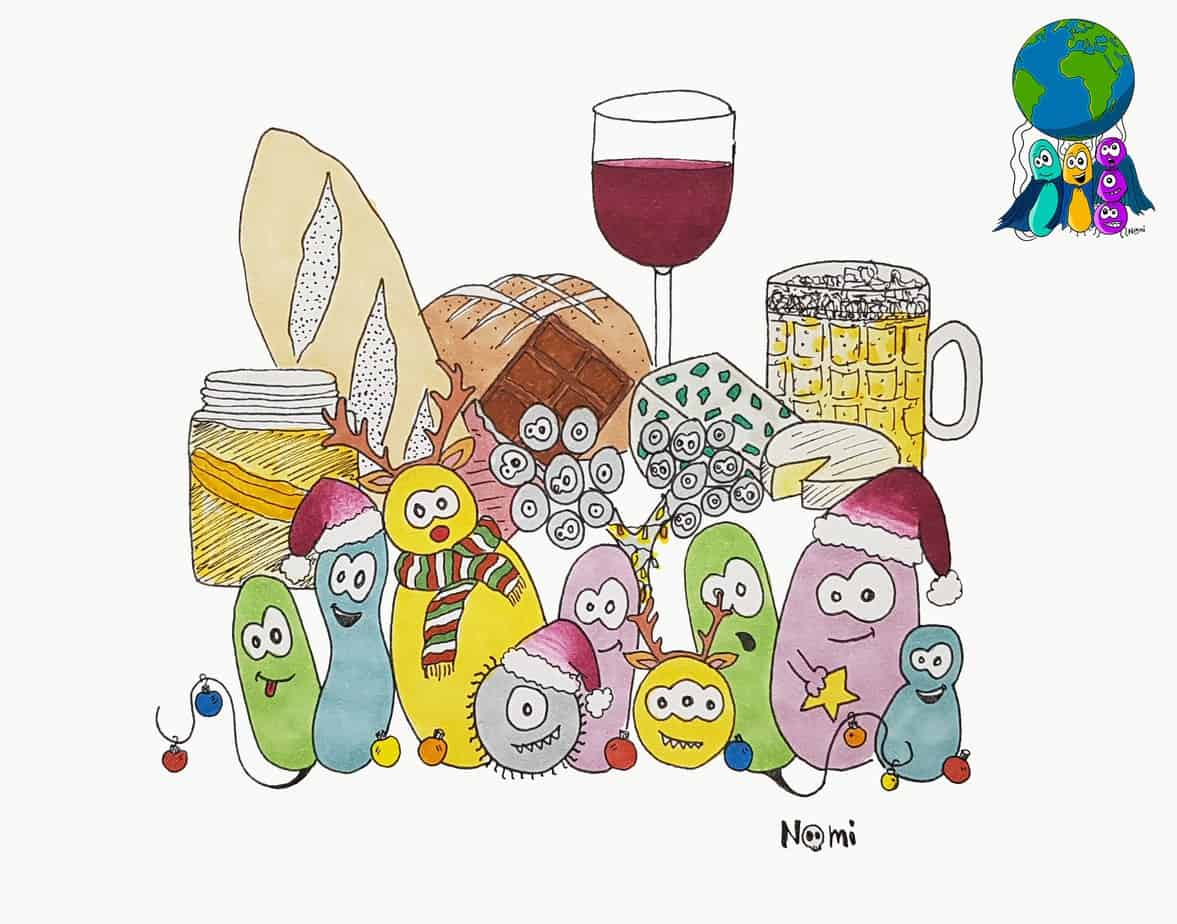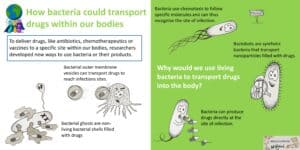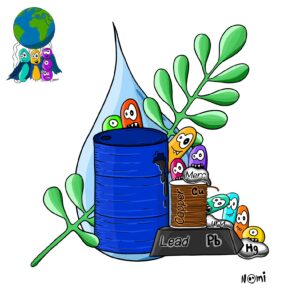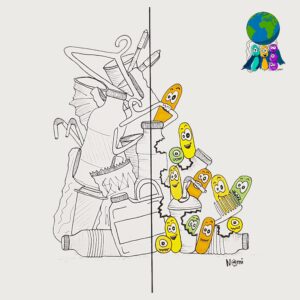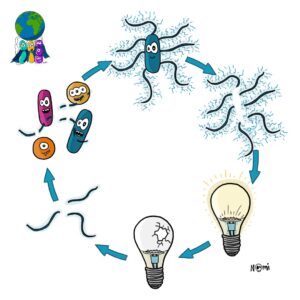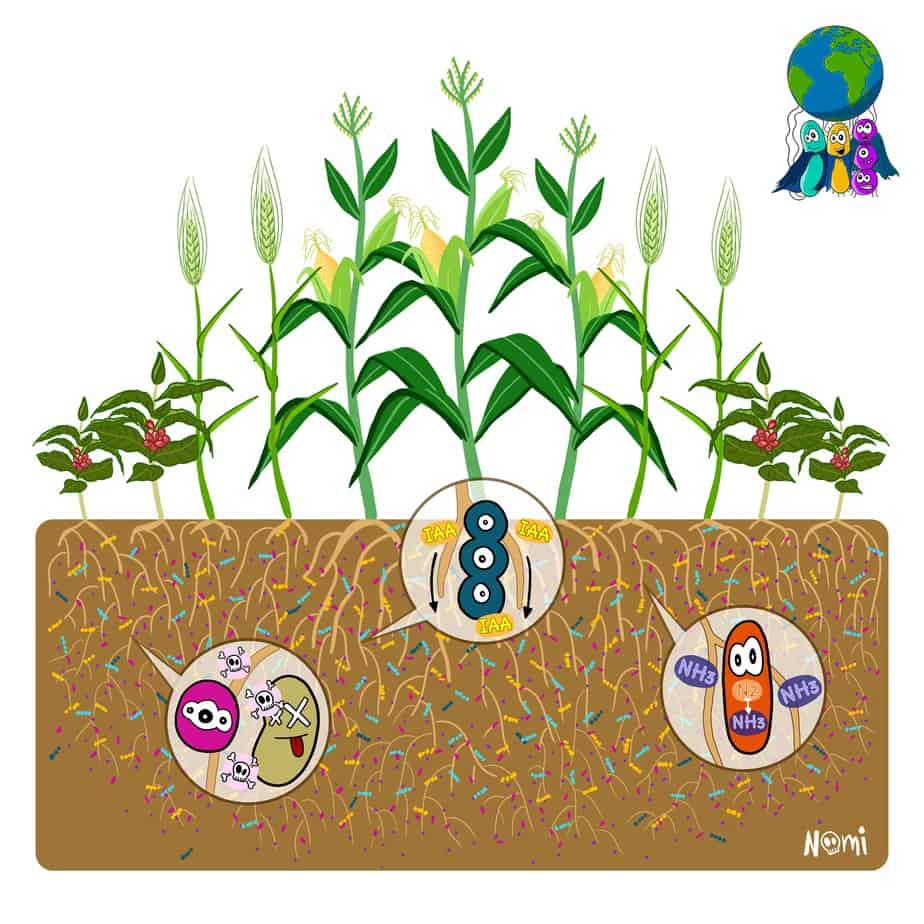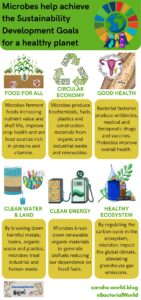Over the past years, plastic items have become allrounders everywhere. We wrap our food, our medicines, our clothing and even our daily objects in plastic.
But as we know all this plastic is seriously hurting our planet, the animals on it, the plants and also ourselves. Not only plastic is incredibly stable and its breakdown products can be found almost everywhere, but producing plastics takes a massive toll.
Producing plastics hurts our planet
Making plastic materials is an energy-rich process that requires extracting and burning fossil fuels and petroleum. Chemicals from petroleum are extracted and combined into long chains called polymers.
However, petroleum and fossil fuels are resources that are limited. Plus, burning fossil fuels releases a lot of carbon dioxide, which leads to climate change and air pollution.
Currently, it is still easier and cheaper to make new plastics than recycling and reusing the already plastic items. Plastics are very durable, so it takes a lot of energy to break them down and melt them into a reusable form.
The idea is to find a greener and more sustainable way to make plastics.
Gladly, there is—bacterial-generated plastics!
Bio-plastics from bacteria
Many bacteria produce products that we use in our daily lives, from fermented foods like yoghurt, kombucha and beer to biofertilizers and ethanol that we use for biofuels. For example, the bacterium Escherichia coli, commonly known as E. coli, produces many medicines, like antibiotics and insulin used for diabetic treatment.
So, asking bacteria to make plastic isn’t that hard to believe.
How do bacteria make bio-plastics?
Plastics are long chains of smaller units called plastic monomers. These monomers can look different, which finally make the different kinds of plastics.
When bacteria have too much energy inside their cells, they produce a lot of these monomers. They then link these monomers into polymers to store energy.
Interestingly, different bacteria can produce different kinds of monomers. And different combinations of these monomers make different plastic polymers.
When living organisms like bacteria or fungi produce plastics, these plastics are called bio-plastics.
For example, several microorganisms, such as Burkholderia xenovorans and Pseudomonas strains produce the polymer polyhydroxyalkanoate (PHA). In these cases, PHA serves to store carbon and energy during times of hunger.
You can understand PHA as fat in our bodies; the bacteria store energy and carbon for when they need the extra energy. But instead of viewing PHAs as fat, researchers are learning ways to use these polymers to create sustainable, biodegradable bio-plastics!
Engineering bacteria to produce bio-plastics
By learning how to use building blocks already made in nature, we can create plastics that are a lot healthier for the planet. But first, scientists need to make sure bacteria can produce enough bioplastic polymers to meet the worldwide demand.
To achieve this, even bacteria need some engineering help from scientists to produce more of the bio-plastics. Maybe engineering bacteria sounds scary, but it just means adding genetic material to a bacterial cell so that the cell knows how to produce the wanted product.
Genetic engineering is how E. coli makes insulin. And that same E. coli can also be engineered to make bio-based polymers.
One group even engineered E. coli to produce common plastic building blocks from the simple sugar glucose. Glucose is an abundant and renewable starting material, making bacterially produced plastics more sustainable than processes that rely on fossil fuels. Plus, this one-step process using E. coli is much simpler than the current way to make plastics.
But it is not just E. coli that scientists are trying to use to make bio-plastics. Researchers engineered both the bacteria Novosphingobium aromaticivorans and Ralstonia eutropha to produce biopolymer building blocks. However, we still need more research to optimize the process.
Benefits of bacterial bio-plastics
The plastics made by bacteria require less burning of fossil fuels, while many precursors used by bacteria are also sustainable. Both reducing non-renewable resources and instead using renewable resources makes bio-plastics a healthier and ‘greener’ option for the planet.
Additionally, some of the bio-plastics are more biodegradable than conventional plastics. Because these polymers are already natural products, other microorganisms and natural processes already know how to break them down and release natural products back into the environment.
Synthetic polymers found in traditional plastics are meant to last forever and can take decades to break down! This means that all the plastic trash fills up our landfills and oceans.
One study found that a bio-plastic item had a lower environmental impact as compared to a traditional plastic item over the item’s lifetime. That’s because the production of bio-plastics emits fewer greenhouse gases, uses fewer fossil fuels, and produces fewer toxins as compared to traditional plastic production.
In all these ways, bacterial bio-plastics are making the Earth greener.
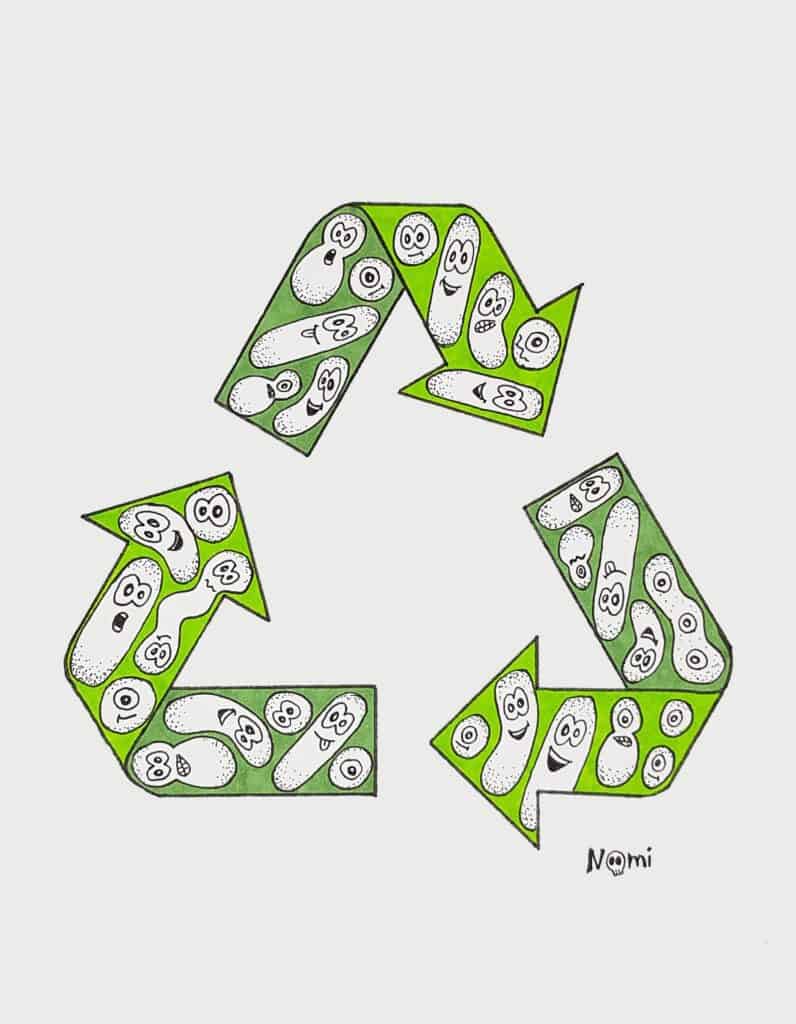
A greener future with bacterial bio-plastics
Plastic pollution is a threat to our planet. These items overflow our landfills and oceans, where they sicken us and wildlife. In 2010 alone, it was estimated that up to 12.7 million metric tons of plastic ended up in the oceans! All this plastic hurts aquatic life and our planet’s marine ecosystems.
Luckily, scientists and engineers are exploring ways for bacteria to reduce our plastic pollution, both by creating bioplastics and degrading already produced plastics.
Using bacteria and bacterial enzymes, we can soon produce biodegradable plastics with less energy. From food to medicine to plastics, microbes are important for producing items we need to live.
However, even with microbes’ help, we can all play a part by reducing our plastic consumption, buying reusable over disposable products and recycling our plastics appropriately.
Along with microbes, we can save the planet!
Takeaway messages from this week’s article
- Plastic production is a major burden on the planet
- Bacteria can produce the building blocks for bio-plastics
- Bio-plastics start with sustainable precursors and are more environmentally friendly as compared to fossil fuel-derived plastics

